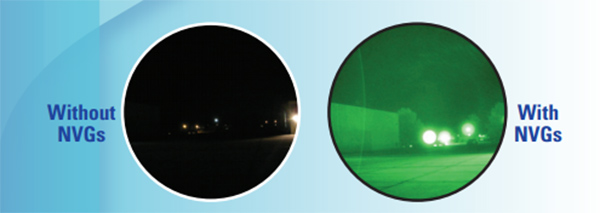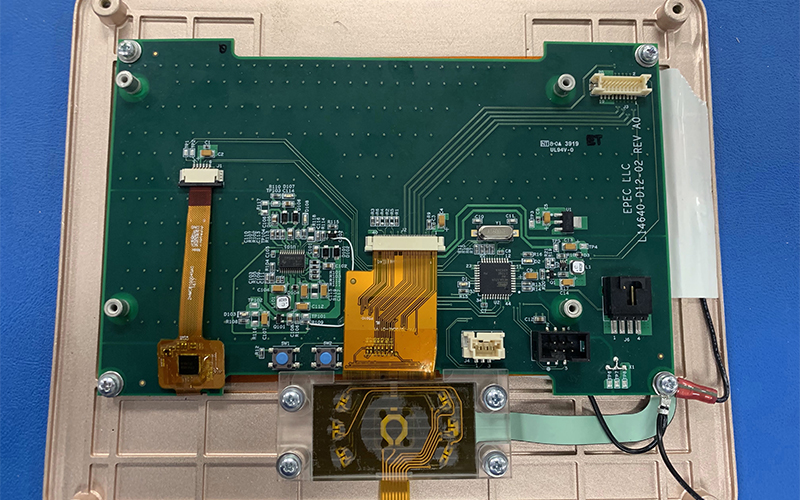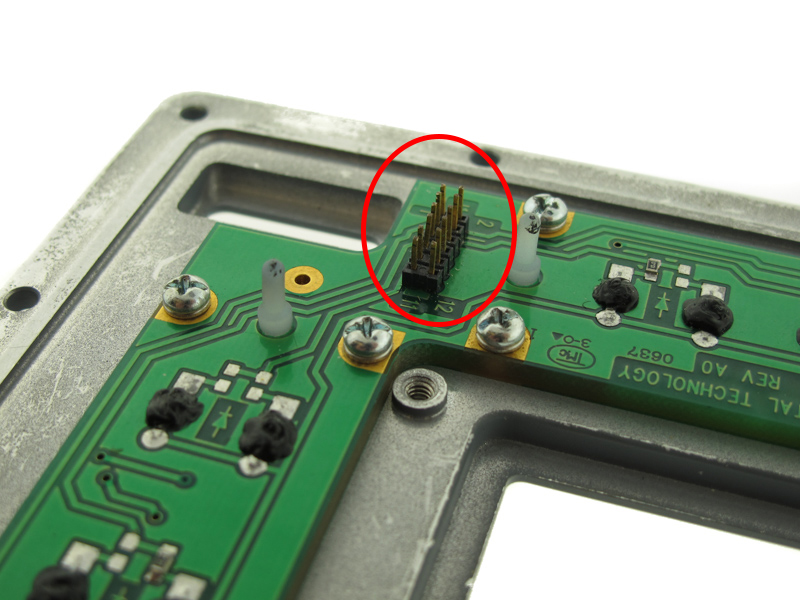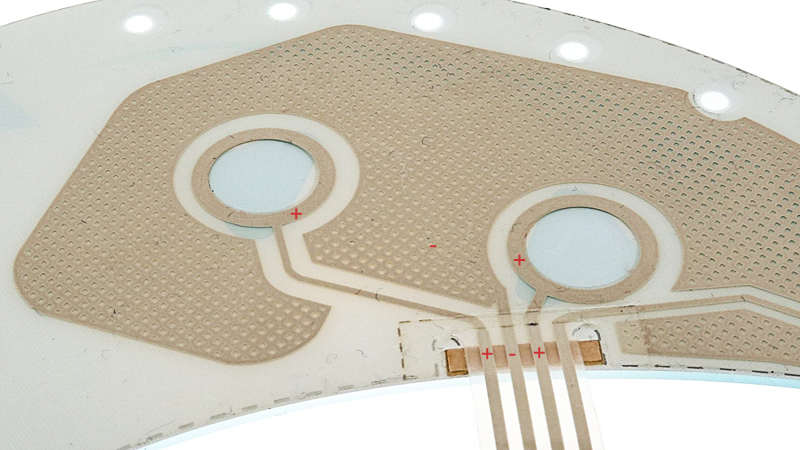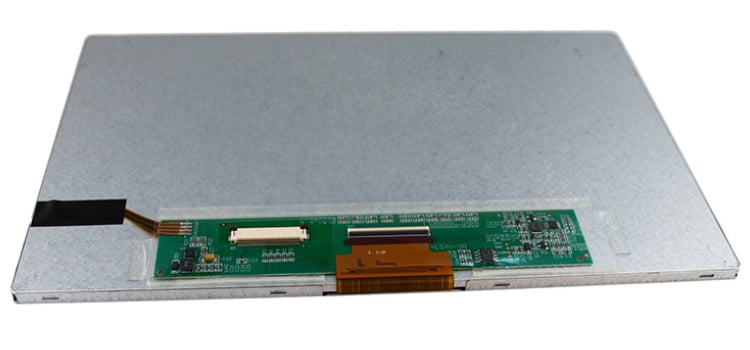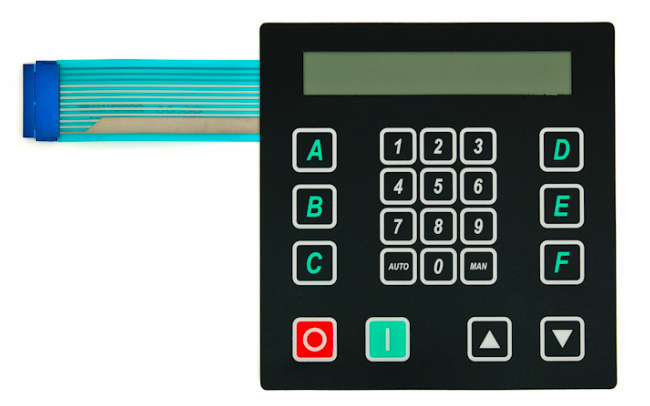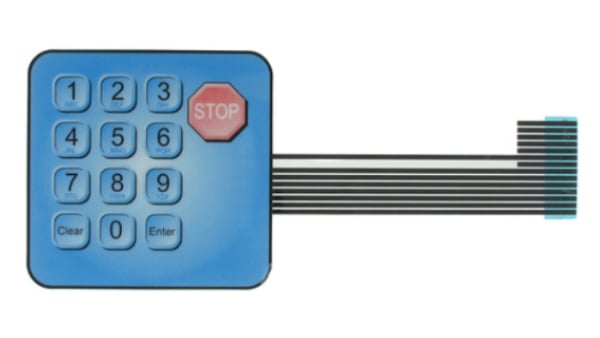The last 18 months have been some of the most challenging that many of us have had to deal with both personally and professionally. It has often felt like we were riding waves, coming closer to things getting a little more normal, only to have them change radically. Looking forward to the next 18 months, I don’t see those changes getting any easier for us or our industry.
Specific to medical devices, handheld electronics, rack-mounted equipment, and other instrumentation utilize membrane switches as a low-cost and high-reliability solution for keypad and button technologies. There are countless button and switch options available for the plethora of design requirements that exist. Medical professionals use these buttons as the primary way to interface and operate the device.
There are many forms of Night Vision Imaging Systems (NVIS) that help our nation’s warfighters, pilots, and other professionals. Known as Night Vision Goggles (NVG), these devices are highly specialized and amplify various wavelengths of light allowing the user to “see” in darkness.
It is not often we build an electronic device without any sort of prototyping, but it can happen given the nature of the project and the deadlines being met. If a customer needs a Human-Machine Interface (HMI) to hit the floor in 2 months, the time to develop and build a prototype is strained as both the customer and design engineers will want to test it and provide feedback.
Front panels, bezels, and other types of human to machine interface equipment use several circuit technologies to operate. These circuit types usually involve some form of printed or etched traces using conductive materials like copper and conductive ink. These custom layouts are routed across insulating sheets and films, eventually becoming circuit boards and flex circuits. Dome switches, LEDs, and touchscreens can be added to these everyday circuit boards, bringing them to life as a high-technology HMI solution.
The use of capacitive touch switch technology is widespread and becoming more frequent each day. Capacitive touch switches are common on thousands of everyday devices including gas station pumps, smartphones, lamps, automobile dashboards, and even the smart speaker in your home.
The use of liquid crystal displays (LCDs) in user interface assemblies is widespread across nearly all industries, locations, and operating environments. Over the last 20 years, the cost of LCD displays has significantly dropped, allowing for this technology to be incorporated into many of the everyday devices we rely on.
As a premier supplier of human-machine interface (HMI) solutions, our engineers work with and design several types of membrane switches. From tactile and non-tactile response switches to the emerging technology of capacitive touch switches, we have provided proven quality for our customers depending on their needs.
Keypads that utilize dome switches, silicone elastomer keys, or tactile switches rely on actuation force as a critical feature to define how much load is required to close the normally open switch. In this context, force is a vector acting normally to the keypad surface and is usually defined in grams (g) or pound force (lbf).
If you were to ask 5 separate people to explain the definition of keypad, likely you would receive 5 completely different answers that all center around the same basic concept. According to Wikipedia a keypad is a set of buttons arranged in a block or "pad" which bear digits, symbols or alphabetical letters (source https://en.wikipedia.org/wiki/Keypad). While this definition is correct, when communicating to a potential user interface supplier the term keypad requires further elaboration.




